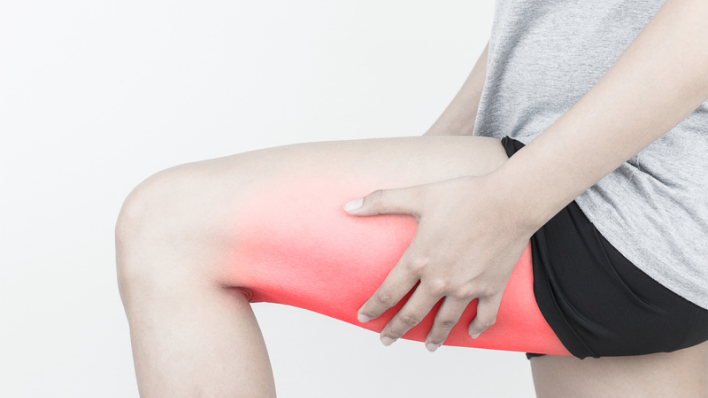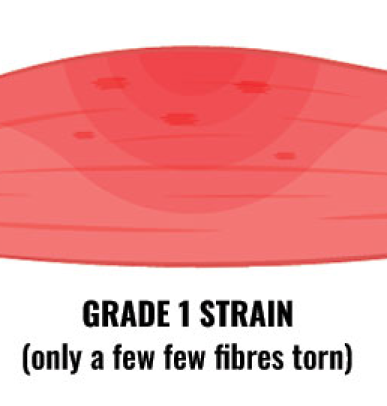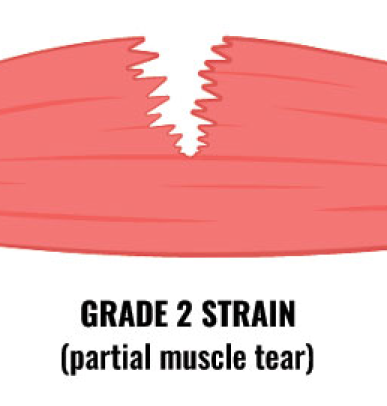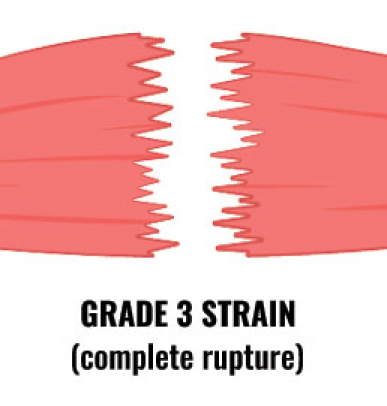Hamstring Injuries

Understanding
Hamstring Injury
Hamstring muscles are a group of muscles that run behind your thighs right from the hip to the knee. A hamstring injury occurs when a pull or strain occurs in any of the hamstring muscles. A hamstring strain or pull is common among athletes and dancers who indulge in stretching and sprinting activities.
Dubai physiotherapy and rehabilitation center Tarabichi Joint Care offers the most effective treatments for hamstring injuries, restoring muscle function.
Anatomy
- Semitendinosus
- Semimembranosus
- Biceps femoris
The common causes of Hamstring injury
- Incomplete healing from previous hamstring injury
- Sports activities that require running or sprinting, like football, basketball, soccer, and tennis
- Activities that require stretching, like dance
- When the muscles stretch beyond their capacity
- Muscle imbalance
- Hamstring tightness or Poor hamstring flexibility
Types of Hamstring Injury
The type of hamstring injury depends on the severity of the injury.

A mild hamstring strain, grade 1
It's a sudden pain or tenderness at the back of your thighs. It's a mild muscle pull or hamstring strain.

Partial hamstring tear or grade 2
it's typically painful and causes swelling at the back of your thighs.

Severe hamstring tear or grade 3
a complete muscle tear, typically painful and swollen, causing difficulty walking or standing. You may feel a popping sensation during the injury.
When is treatment recommended?
Most hamstring injuries are cured at home. However, if you have severe injury and persistent pain, it’s recommended to consult your healthcare provider.
Tarabichi Joint Care offers the best sports injury treatment in Dubai. They advise on recovery methods and ensure specialized treatment for quick recovery.
Candidates eligible
- Individuals with severe injury
- People with persistent pain and other symptoms
- People with unhealed injury
- People who feel sudden tingling or numbness in their legs
Hamstring injury - Symptoms
- A sudden or sharp pain in the back of your thigh
- Swelling after the first hours of injury
- Discoloration or bruising at the back of the thighs
- Weakness that continues for weeks.
Hamstring Injury - Treatment Options
The treatment depends on the severity of the injury. The treatment aims to relieve pain and recover your health.
Non-surgical treatments
- Take rest for quick healing of the hamstring strain.
- Use ice packs for pain relief and swelling.
- Cover the affected area with a bandage to reduce swelling.
- Keep your legs elevated to reduce swelling.
- Use over-the-counter medications for pain relief or inflammation.
- Wear a knee splint for a few days to keep it in a neutral position.
- Follow a physical therapy program that includes stretches and exercises to enhance your movement.
Surgical treatments
Choose Tarabichi Joint Care -
Dubai's Best Physiotherapy and Rehabilitation Center.
Tarabichi Joint Care plays a significant role in Sports Medicine in Dubai. We have an expert team to focus on your hamstring injuries by optimizing pelvic alignment, addressing adhesions, and restoring muscle function.
We have a team of expert physiotherapists who ensure personalized treatment plans and facilitate faster recovery.
If you have a persistent hamstring injury, consult our experts at Tarabichi Joint Care!
FAQ’S
A complete hamstring tear requires surgery. In the surgery to treat tendon avulsion, a surgeon pulls out the tendon and removes any scar tissue. After removal, the tendon is placed back to the bone using small devices called anchors.
The risk factors of hamstring muscle strain include muscle weakness, muscle imbalance, and muscle tightness.
At Tarabichi Joint Care, we conduct an initial examination to understand the symptoms and severity of the hamstring injury. After thorough evaluation, we perform the diagnostic test and start with the appropriate treatment.
The treatment may include physical therapy, medications, injections, or surgical options, depending on the severity of osteoarthritis. For surgical options, procedures such as knee arthroscopy or joint replacement may be performed.
Potential complications may include infection, blood clots, and adverse reactions to anesthesia for surgical procedures. Non-surgical treatments may cause temporary discomfort or side effects from medications.
Patients should prepare:
- A referral from their primary care physician.
- Previous medical records related to knee health.
- Imaging studies (X-rays or MRIs) to assess joint condition.
- A list of current medications and allergies.
